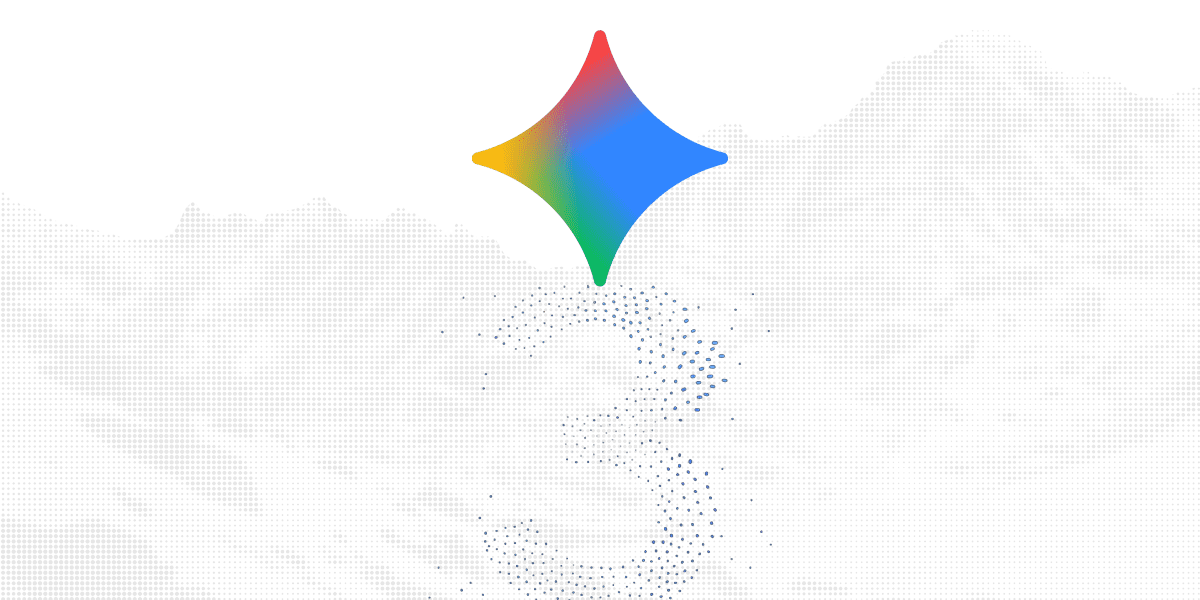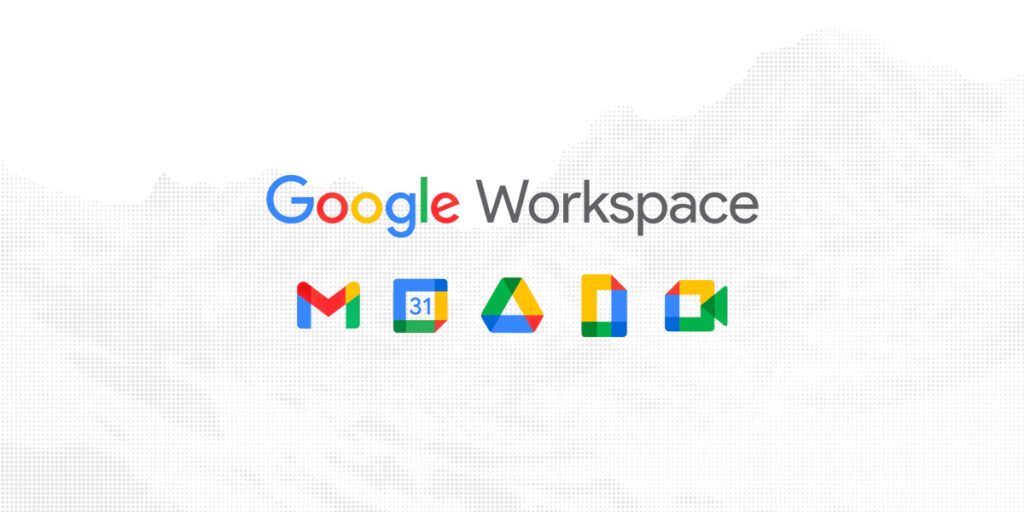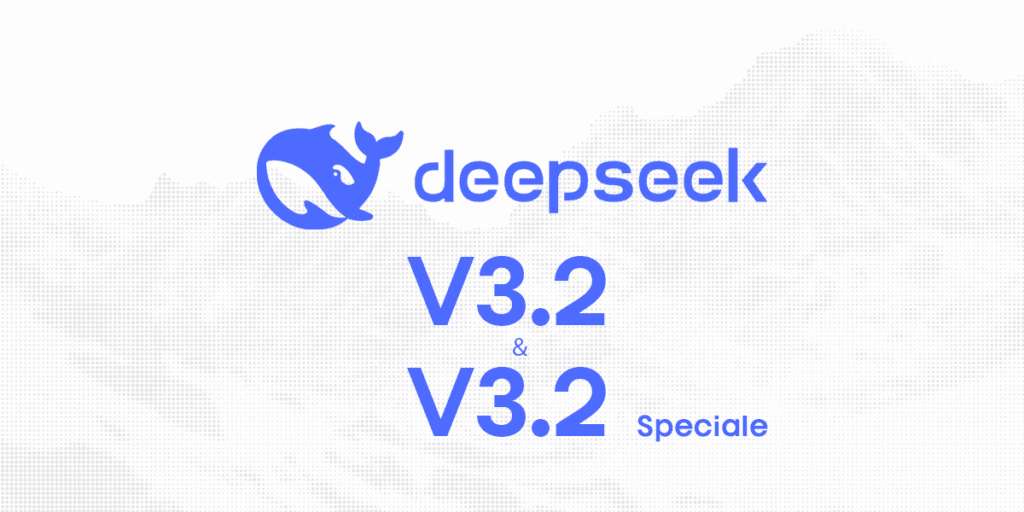Google’s announcement of the Gemini 3 collection, on the 18th of November, is not just another incremental step in large language model (LLM) intelligence, it is a strategic declaration. While headlines globally focus on its upgraded “smarts” and advanced multimodal capabilities, analysis finds the true significance lies in Google’s formal pivot toward an agent-first AI ecosystem, centered around the unveiled “Google Antigravity” agentic development platform.
The launch moves the conversation beyond raw model power and into the critical realm of reliable, complex, and stateful workflow automation. This marks a change that has immediate and significant implications for enterprise data science and application development.
The underrated shift: From LLM to Agent standard
The official blog post outlines Gemini 3’s genesis, noting that Gemini 2 added “thinking, reasoning and native tool use to create a foundation for AI agents.” Gemini 3 is the culmination, officially cementing the “AI Agent” as the primary product and focus.
For developers and enterprises, this shift means:
- Complexity control: Simple one-shot queries are being replaced by multi-step tasks that require managing state, calling external APIs, handling errors, and executing code.
- Reliability: Enterprises need assurance that complex AI systems will execute consistently. The Agent framework is Google’s formal attempt to provide this reliability layer.
Decoding Google Antigravity
The most unique and powerful detail in the announcement, largely overlooked in broader summaries, is the introduction of Google Antigravity. Described as “the home base for software development in the era of agents,” Antigravity is Google’s dedicated, agentic development platform designed to enable agents to autonomously plan and execute complex, end-to-end software tasks. This is not merely a model API wrapper; it is a foundational evolution of the Integrated Development Environment (IDE) itself.
Antigravity’s design is explicitly built upon four core tenets which address the critical roadblocks currently preventing widespread enterprise adoption of fully autonomous AI agents.:
- Trust,
- Autonomy,
- Feedback,
- Self-Improvement
The four pillars of agentic reliability:
- Trust through Artifacts: A core problem with current agent frameworks is a lack of transparency; users either see overwhelming, raw tool-call logs or just the final, unverified output. Antigravity bridges this gap by presenting agent work at a task-level abstraction and generating verifiable Artifacts. These artifacts include implementation plans, task lists, and even browser recordings and screenshots, allowing developers to validate the agent’s reasoning and work before accepting the final code change. This emphasis on thorough verification over simple execution is key to enterprise confidence.
- Autonomy via dual surface: Recognizing that agents can now operate for longer periods across multiple interfaces, Antigravity introduces a dual product form factor:
- The editor surface: A state-of-the-art, synchronous, AI-powered IDE for direct coding and interaction.
- The manager surface: An agent-first, asynchronous “mission control” that allows users to spawn, orchestrate, and observe multiple agents working in parallel across different workspaces. This allows agents to autonomously operate across code, terminal, and browser surfaces simultaneously to test and validate their own features.
- Non-interruptive feedback: Agent intelligence is not perfect. Antigravity provides intuitive, asynchronous feedback mechanisms. For example Google-doc-style comments on text or selective commenting on screenshots, that agents can automatically incorporate into their execution without requiring the user to stop the agent’s ongoing process. This eliminates the “all-or-nothing” problem of earlier agent systems.
- Self-improvement: The platform treats learning as a core primitive. Agent actions automatically retrieve from and contribute to a knowledge base, learning from past work and user feedback. This allows the system to retain valuable information, from useful code snippets to successful abstract problem-solving steps, ensuring every task makes the agent smarter for the next one.
Strategic implications
Antigravity is Google’s move to commoditize and standardize the complex LLM orchestration layer, the core infrastructure currently requiring bespoke tools. By offering a standardized platform that supports not only Gemini 3 but also other models like Anthropic’s Claude Sonnet 4.5 and OpenAI’s GPT-OSS in its public preview, Google is aiming to lock in the workflow logic, which is where the highest enterprise value lies, regardless of the underlying model.
This framework, combined with the power of Gemini 3, is the true onramp for the most sophisticated AI applications: continuous, reliable, and stateful agent systems capable of transforming entire enterprise data workflows.
Why this matters to data-centric organizations:
- Standardizing orchestration: Antigravity appears to be Google’s move to commoditize and standardize the LLM orchestration layer, the core infrastructure currently built using bespoke tools like LangChain, custom graph databases, and manual prompt engineering. By integrating this deeply, Google is aiming to lock in the workflow logic, not just the model serving.
- Monetization of complexity: Reliable agent systems, capable of complex tasks like autonomous data cleansing, multi-source financial reporting, or dynamic supply chain optimization, represent the highest-value applications of Generative AI. Antigravity is Google’s gateway for enterprises to build and, crucially, pay for these continuous, long-running agentic services, moving beyond simple token consumption.
- The “GenUI” connection: The accompanying announcement of Generative UI (GenUI), including an SDK for Flutter, shows the output of these agents is not just text, but fully interactive, dynamic user interfaces. This completes the loop: the agent handles the complex data and logic (Antigravity), and the result is a custom, visual application (GenUI), all within the Google ecosystem.
Vertex AI and data implications
The immediate availability of Gemini 3 Pro in Vertex AI and Gemini Enterprise confirms that this agentic focus is aimed squarely at the B2B market.
For DataNorth AI’s customers, this means a new possibility to integrate:
- Faster prototyping: Agentic coding capabilities within tools like Android Studio promise to accelerate the development of custom enterprise applications by automating boilerplate and complex API calls.
- Enhanced data security & governance: By standardizing agent development within the governed Vertex AI environment, enterprises can ensure that these powerful, tool-using agents adhere to corporate security and data governance policies, a necessity when giving agents access to sensitive databases.
If you are looking for a partner to develop your custom AI Agent with Gemini 3 capabilities you can visit our custom AI Agent development service. In conclusion, the Gemini 3 launch signals that the competitive frontier of Generative AI has moved from raw token performance to system reliability and comprehensive agent orchestration. With Antigravity, Google is not just selling a smarter brain; they are selling the entire nervous system for the next generation of enterprise automation. This strategic move to own the agent platform is the most significant takeaway from the Gemini 3 announcement.







